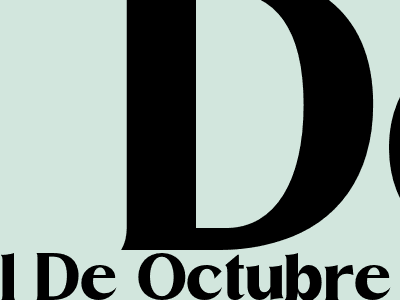1 De Octubre: A Comprehensive Guide to Mexico's Independence Day
Historical Significance
Commemorated annually on October 1st, 1 De Octubre holds profound historical significance for Mexico. On this day in 1821, Father Miguel Hidalgo y Costilla, a Catholic priest, issued the "Grito de Dolores" (Cry of Dolores), calling for the end of Spanish rule.
Traditional Celebrations
1 De Octubre is marked by vibrant celebrations throughout Mexico, featuring parades, music, and traditional food. The "Grito de Dolores" is reenacted in Mexico City's central square, with the president ringing a bell and waving the national flag.
Parade of Historical Tableaux
One of the highlights of the celebrations is the parade of historical tableaux, depicting scenes from Mexico's struggle for independence. These floats showcase the country's rich history and culture.
Political Significance
Beyond its historical roots, 1 De Octubre continues to carry political significance. It remains a symbol of Mexican national pride and a reminder of the country's fight for freedom.
Cultural Practices
On 1 De Octubre, families and friends gather to enjoy traditional foods such as pozole, a hearty soup made with pork and hominy, and tamales, cornmeal dough filled with various ingredients wrapped in corn husks.
Conclusion
1 De Octubre is a day of national pride and remembrance in Mexico. It commemorates the country's struggle for independence, while fostering a sense of unity and cultural heritage.

Comments